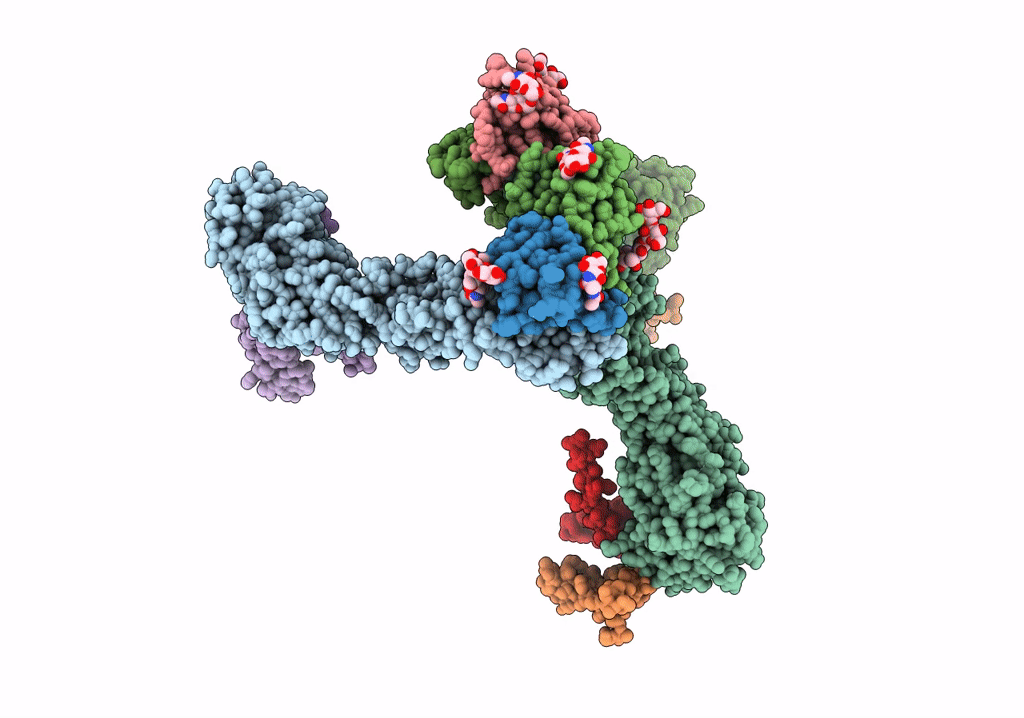
Deposition Date
2016-12-06
Release Date
2017-01-11
Last Version Date
2024-10-30
Method Details:
Experimental Method:
Resolution:
9.10 Å
Aggregation State:
PARTICLE
Reconstruction Method:
SINGLE PARTICLE


